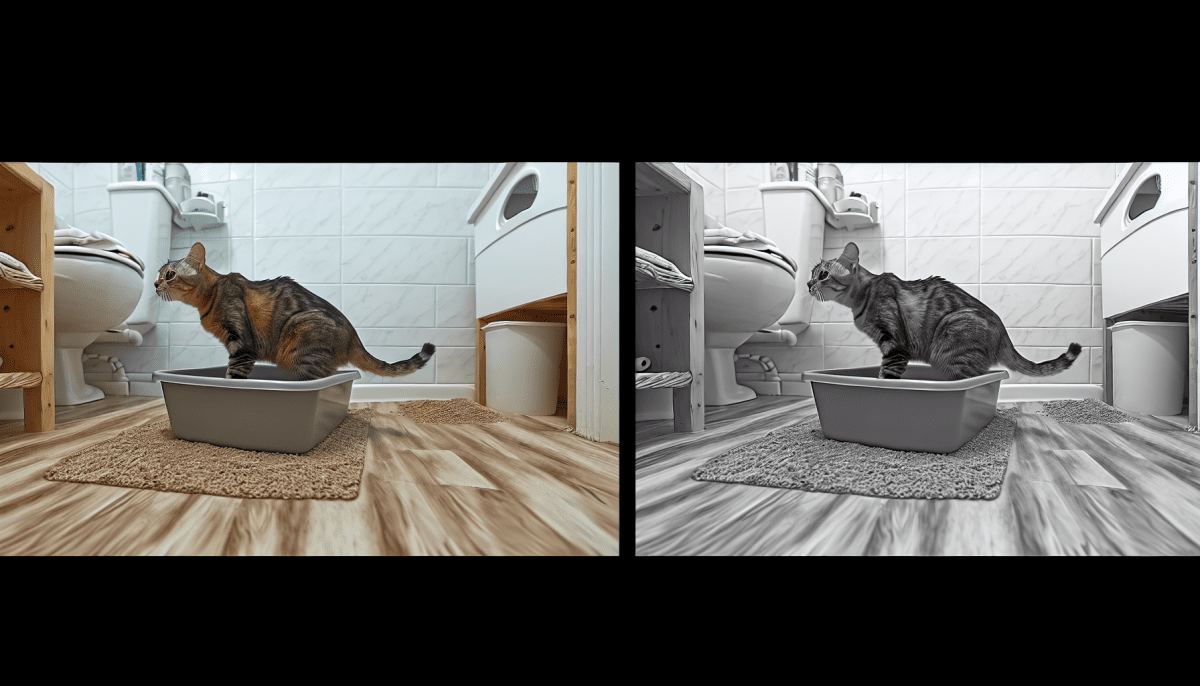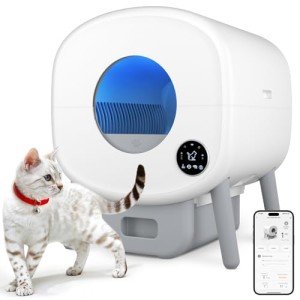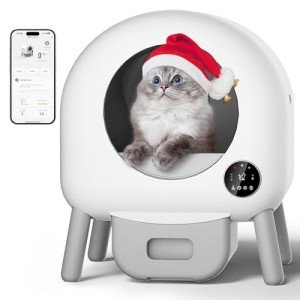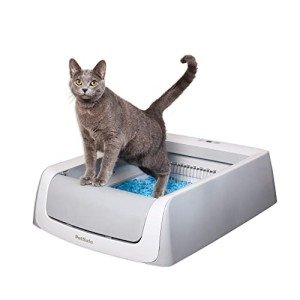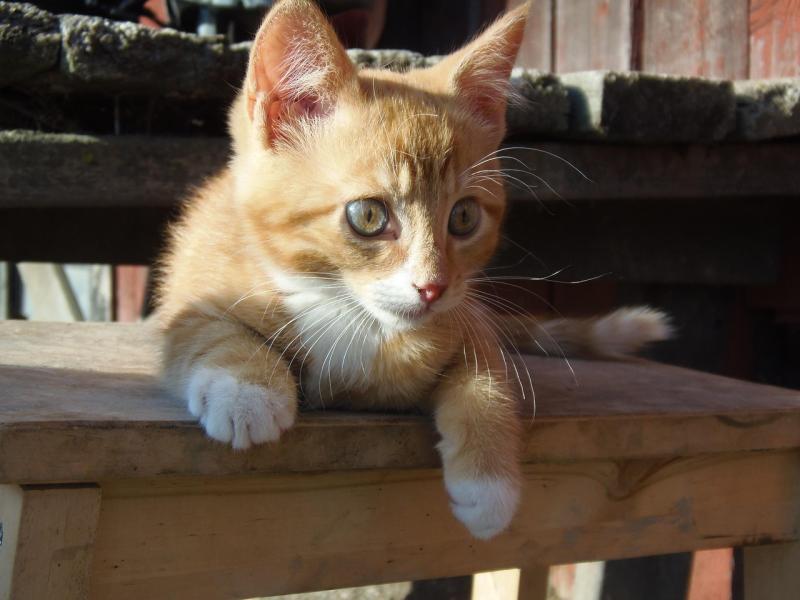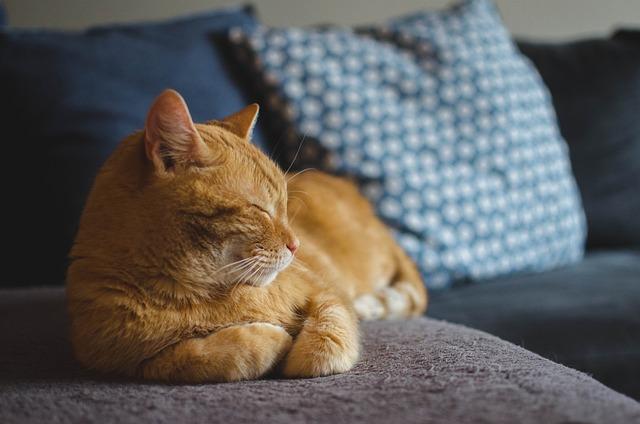When it comes to your cat’s bathroom habits, understanding their needs can make a big difference. Cats are pretty particular about where and how they do their business. Knowing what they prefer can help you set up a litter box that they’ll actually want to use. Let’s dive into some essential tips!
First off, the litter box itself matters. Most cats prefer a box that’s spacious enough for them to move around comfortably. A great rule of thumb is to have a box that’s at least one and a half times the length of your cat. If you have multiple cats, aim for one box per cat, plus one extra. This can help prevent any territorial disputes over a single box.
Next, choosing the right litter can play a huge role in how successful you will be when learning how to train a cat to use the litter box. Cats generally favor unscented, clumping litter. They like to dig and cover their waste, so opting for a litter that clumps well can be more appealing. Just remember to keep the litter box clean; scoop it daily to keep odors at bay and encourage your cat to return.
Location is another key factor. Place the litter box in a quiet, easily accessible spot. Avoid high-traffic areas or places near their food and water, as cats prefer some privacy. If you're unsure, give them options by placing boxes in different areas and see where they feel most comfortable.
Finally, be patient and stay consistent. Cats might take a little time to adjust to their new bathroom setup. If your cat is hesitant, try to observe and understand their preferences, adjusting the litter box setup accordingly. With a little effort and attention, you'll have your kitty using the litter box in no time!
Choosing the Right Litter and Box
First up, let's talk about litter. There are so many types out there—clumping, non-clumping, clay, crystal, and natural options made from recycled materials. If you’re unsure, clumping litter is a popular choice for a reason. It absorbs moisture and makes cleanup a breeze. Just remember to avoid heavily scented litters, as they can be off-putting for some cats.
Now, onto the litter box itself. There are various styles, from covered boxes to open ones. Some cats prefer a basic, open box where they can easily get in and out. Others like a bit of privacy, so a covered box might be better. Consider your cat's personality when making this choice. Make sure the box is big enough for your cat to turn around comfortably, too!
Another tip is to keep the litter box in a quiet, low-traffic area of your home. Cats like their privacy when doing their business. If your cat feels safe and comfortable, they’re more likely to use the box consistently. Regular cleaning is key as well; scooping daily helps keep things fresh and inviting for your furry friend.
Step-by-Step Training Tips for Success
Getting your cat comfortable with the litter box doesn’t have to be a stressful process. Just like with any new skill, a little guidance goes a long way. Here are some step-by-step training tips to help you and your furry friend succeed!
1. Choose the Right Litter Box and Litter
2. Find the Ideal Location
3. Encourage Exploration
4. Be Patient and Consistent
By following these tips, you'll see how to train a cat to use the litter box effectively. Just remember, every cat is different, so take your time and adjust your approach as needed!
Common Challenges and How to Overcome Them
When it comes to litter box training, every cat parent might hit a few bumps along the way. But don’t worry, you’re not alone! Let’s go over some common challenges and how to tackle them like a pro.
1. Refusal to Use the Litter Box: Some cats can be picky. If your cat seems to avoid the litter box, check a few things:
2. Accidents Outside the Box: If your cat is having accidents, it might be more about stress than defiance. Here’s what you can do:
3. Overzealous Digging or Scratching: Some cats love to dig and scratch in the litter box, making a mess in the process. To counter this:
By understanding these common challenges and knowing how to train a cat to use the litter box effectively, you can create a smoother experience for both you and your feline friend. Training takes time and patience, so give yourself grace and keep at it!
